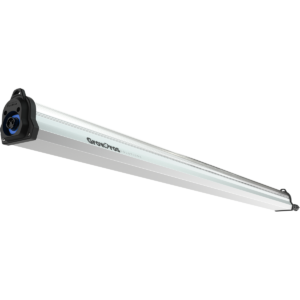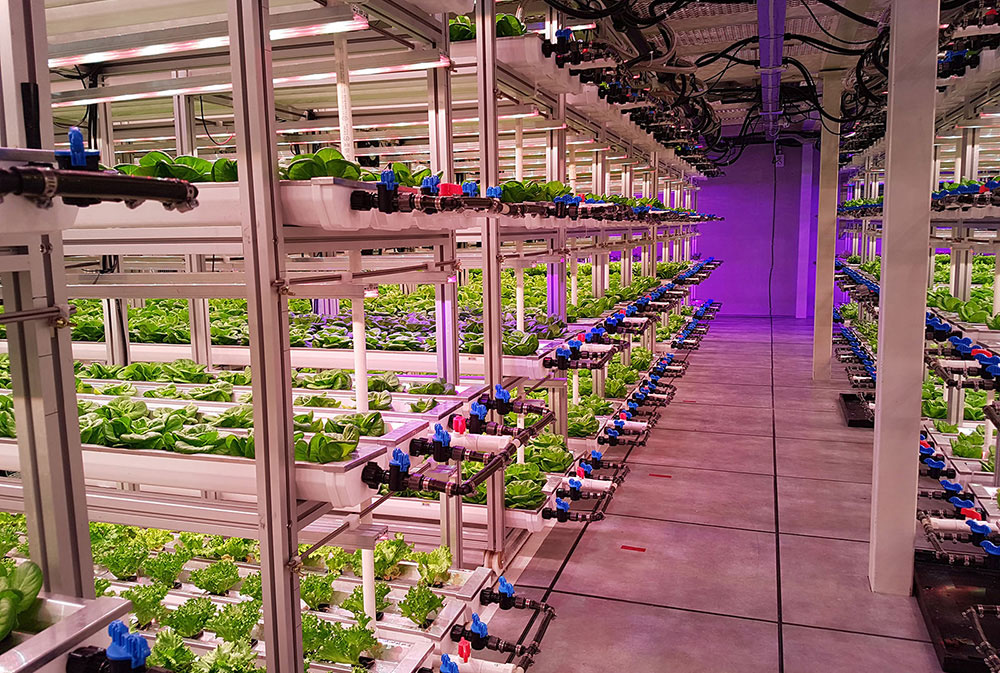
Menu
Menu

Experiencing Grow Issues? VPD May Solve Them.
What Vapor Pressure Deficit (VPD) Is and Why It’s Important
Sluggish growth, nutrient burnout, mildew, dried-out plants-all of these issues can be addressed by tracking and optimizing VPD (vapor pressure deficit) for each stage of plant growth.
What is VPD?
Too High VPD: Air around the plants may dry them out.
Too Low VPD: The plants can’t breathe. Moisture will build, and the plant will grow much more slowly. If this state goes on for too long, the plants may develop mold and fungi.
Key Terms to Know
SVP: Saturated Vapor Pressure, or SVP, is the maximum amount of water vapor that air can hold at a certain temperature.
This concept explains morning dew. When the air is too full of water, the water condenses out into the environment.
RH: Relative Humidity, or RH, is the amount of moisture in the air.
Why is VPD Important For Plants?
VPD can influence:
How Do You Control VPD In A Grow Room?
We recommend maintaining these systems:
Air Cooling System:
Keeps the fungi at bay. Fungi may establish between 50 and 70°F, in an above 55% RH.
Humidification System:
When the lights off period is over and the lights activate, and the temperature hikes up, the humidity decreases. This is not ideal. Water vapor must enter the air, which is often accomplished with a fog or misting system. A medium-sized room requires about a few quarts of water being misted into the air ASAP.
Dehumidification System:
During the time of day when the lights are on, there will be a lot of water vapor in the air, especially in the growth phase. A lot of this moisture will need to be removed as the lights go off and the temperature drops.
Tracking System
Keeping track of your results/data/moisture quantities will assist you in calculating the perfect grow conditions for the size of your set-up, strain, and environmental factors. For example, log your data in a spreadsheet.
VPD Chart: Optimal VPD at Every Stage of Growth
Assuming leaf temperature is at 5° F below room temp.
Note that various strains require different humidity and temperatures. Also, triple-check your measuring instruments for accuracy and proper calibration.
Room VPD Chart
Instead of calculating VPD conditions in your grow room, you can follow this VPD chart, which shows possible VPD readings across common temperatures and relative humidity levels.
Ideal VPD for Different Stages of Gowth
General Optimal VPD = ~0.8 – 1.2 kPa (kilopascals).
Below are general VPD recommendations, but observe and adjust per your operation.
Clones
Vegetative Stage
Flower Stage
In order to calculate VPD in the air, you need to know the temperature, relative humidity, and saturated vapor pressure (SVP) values for a given temperature.
There is a different calculation for figuring out the temperature of the plant. To determine this, you will need to know the air temperature at canopy level and leaf temperature. An IR thermometer may be used.
If your VPD is NOT in the optimal range, you should:
Because VPD is so influential in affecting the plant environment, VPD is an extremely useful metric in optimizing growth. For the best results, you will need to identify the best VPD range for each stage of growth.
For more assistance on how to utilize VPD to optimize your yield, call the Grow Pros grow experts at 818-818-8088

Grow Pros Solutions is the NOW for Horticultural Science & Engineering. Grow Pros Solutions is one of the leading manufacturers of high-performance LED grow lights designed for cannabis cultivation. Our focus is to create top performing lighting solutions and fixtures that enable previously unobtainable and unthinkable results, increasing productivity from 30-60%. Our unwavering commitment to advancing technology and finding more efficient and sustainable solutions has made us a gamechanger for thousands of commercial and home growers.
Enter your email here to confirm your interest
All Rights Reserved by GrowPros Solutions